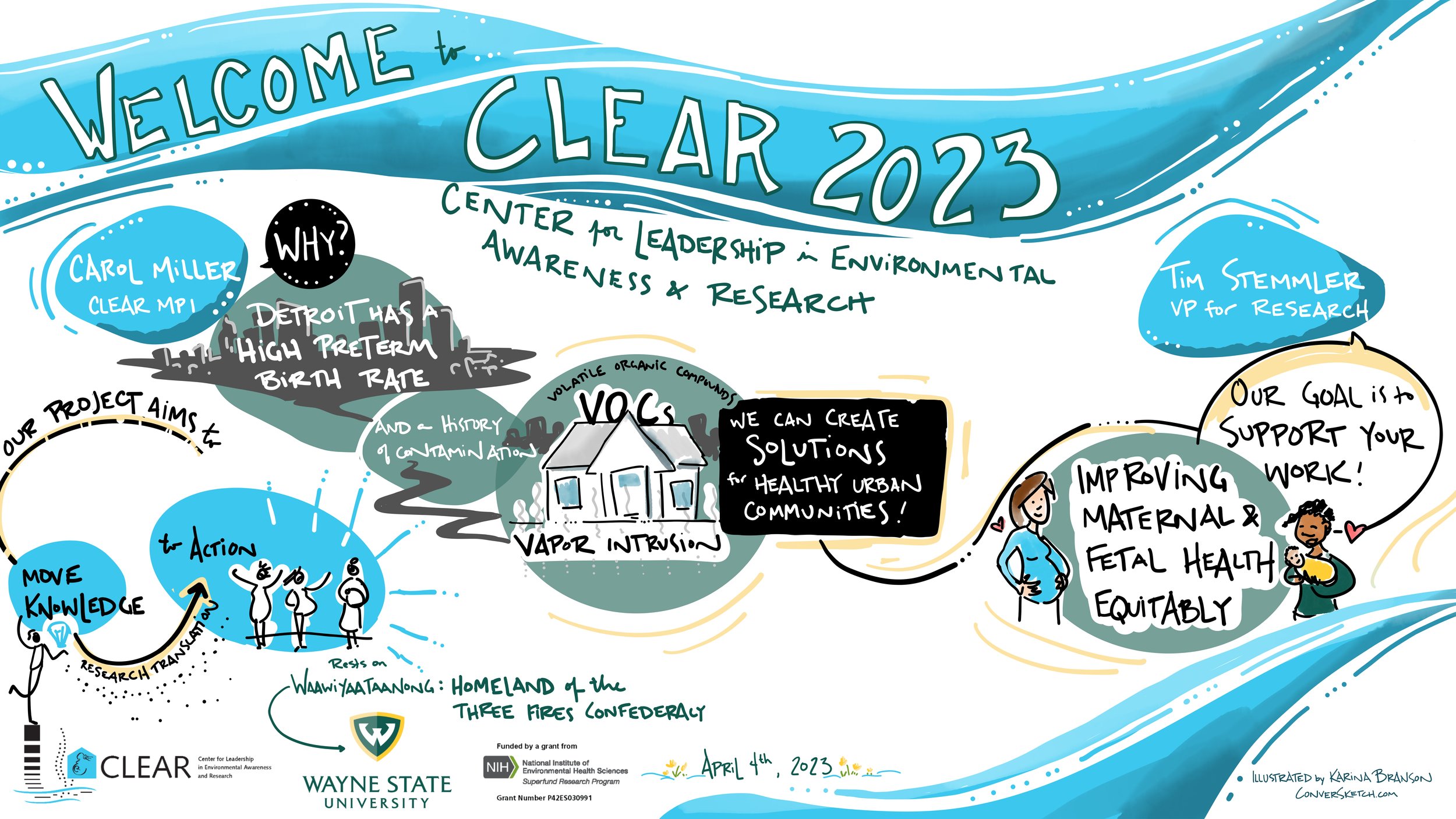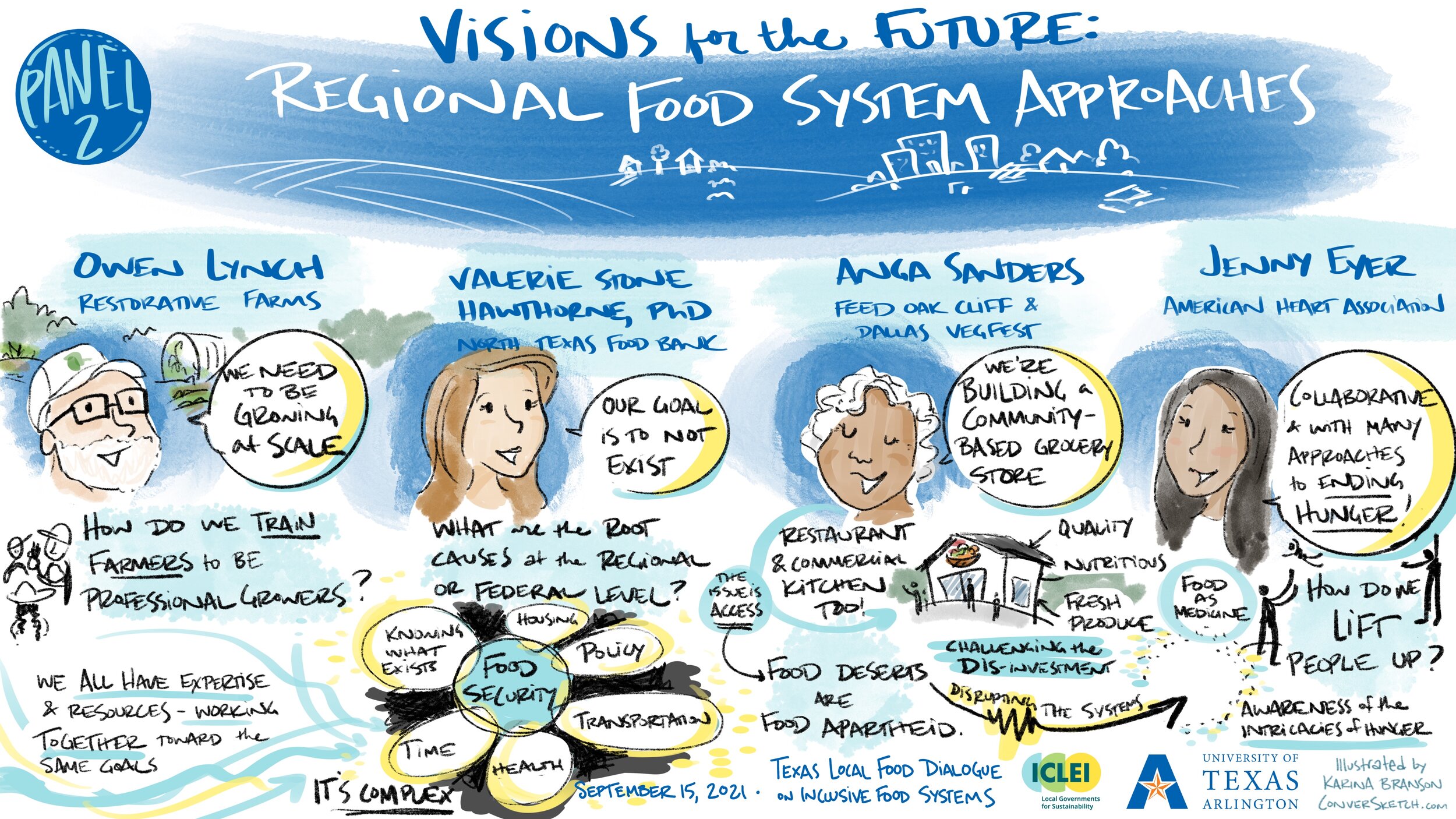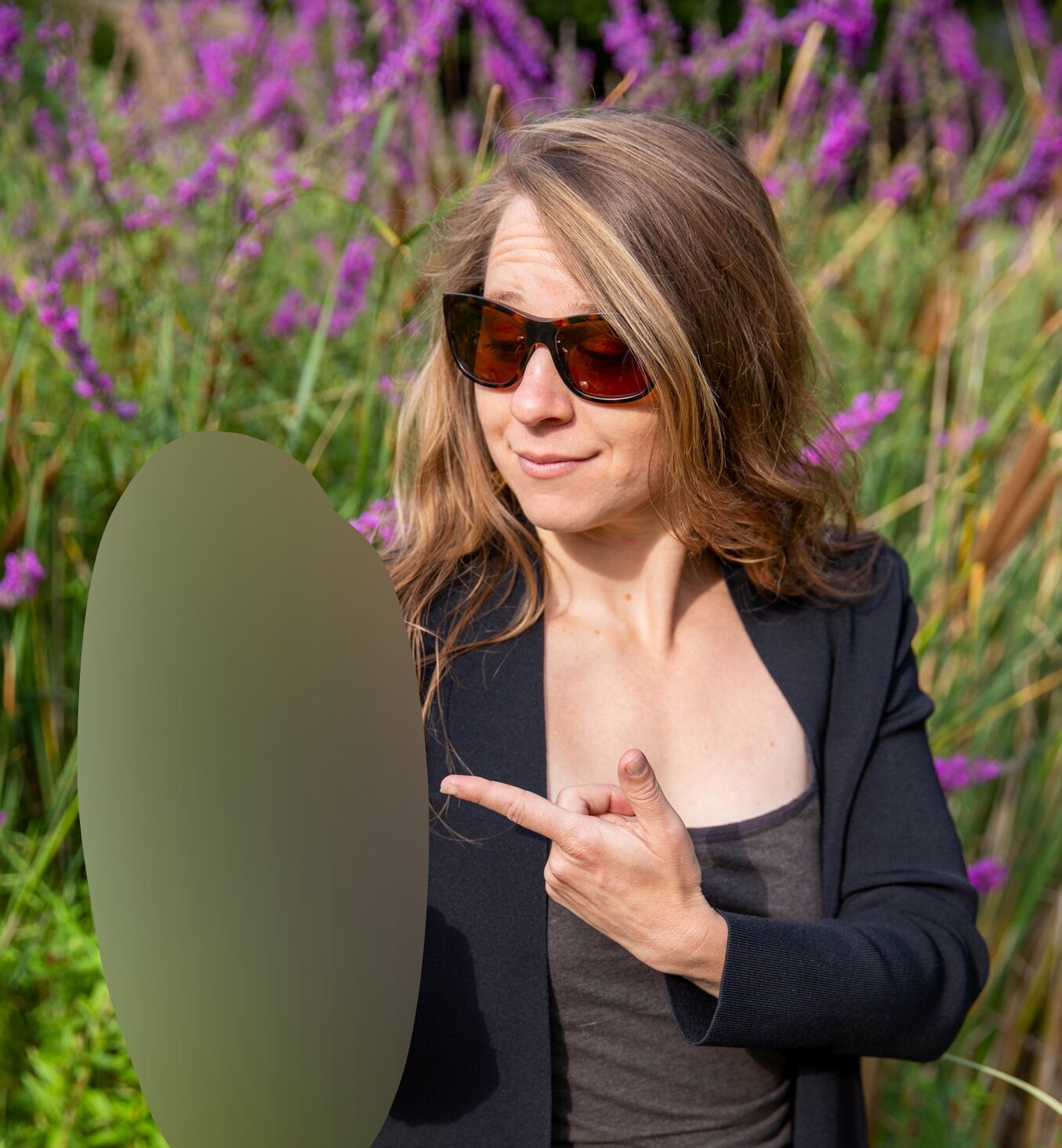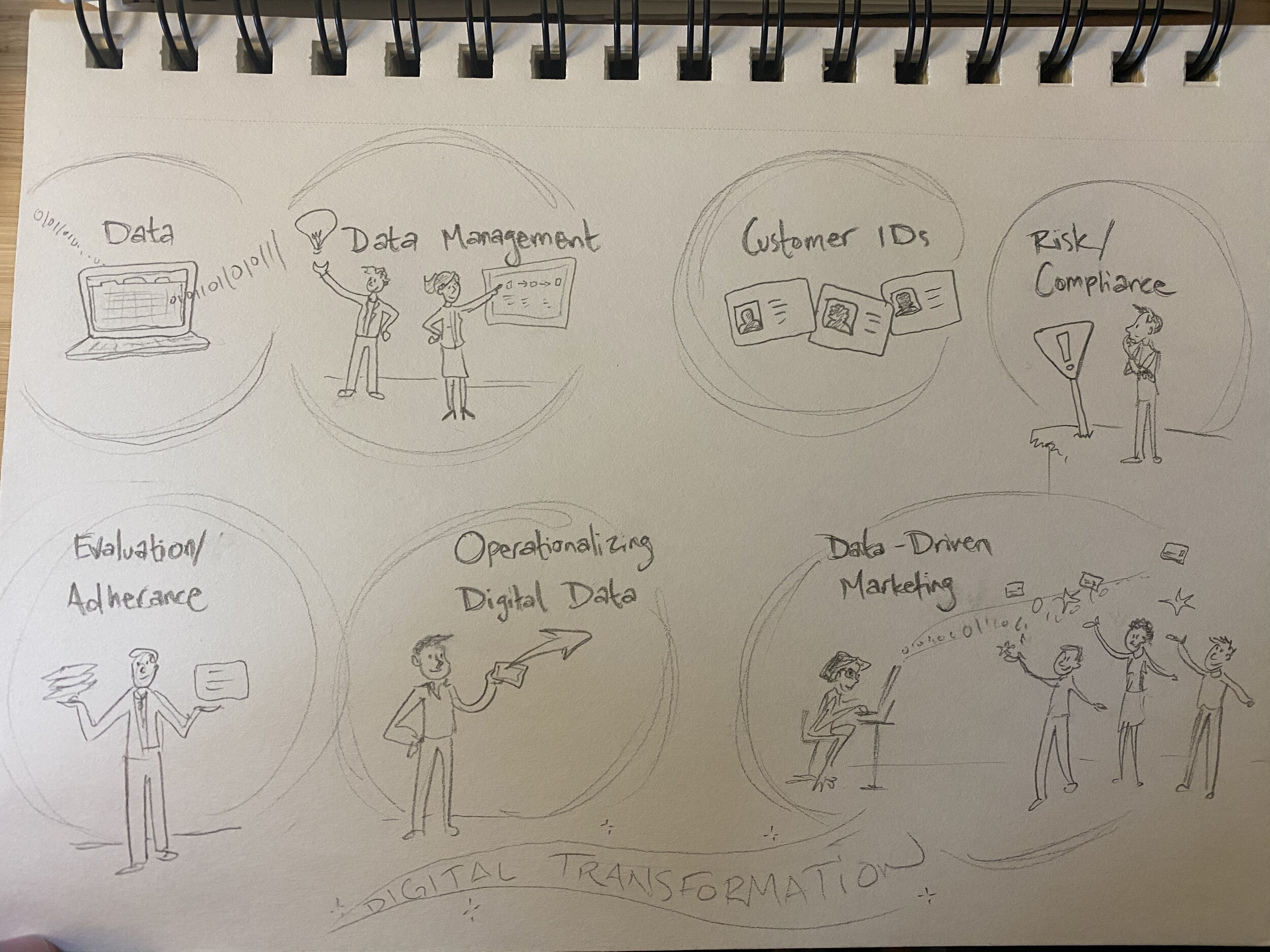Are you planning an event that could use graphic recording, but you don’t have a budget for travel? Let’s talk about remote visuals.
I recently had the pleasure of supporting Wayne State University’s Center for Leadership in Environmental Awareness & Research (CLEAR) as they held a symposium on environmental justice for maternal and fetal health in the Detroit area.
Though most participants attended locally, I was able to join remotely to capture visuals in real-time. The team projected my work on large screens around the room in tandem with presenters’ slides so participants could see multiple ways of engaging with the information as it was being shared.
Here are some of my tips for success:
Good sound is a must. Make sure your people have easy access to microphones so the graphic recorder can hear well.
What’s your why for having visuals? Answer this question to decide what’s most useful for displaying the graphics. Is it important for participants to see the graphics as they emerge? Or as a reveal at the end? We can work together to design a strategy that best serves your needs.
Before, during, after: we can work together to make the most of your investment by thinking about how to leverage the visuals to support your goals for the event.
Practice makes everything better. Schedule a tech test to make sure sound and displays are showing up well so everything goes easy on the day of.
“The first comment about the CLEAR presentation was about how wonderful it was to see your graphic recordings and what a great idea it was to interpret the research in this way.
Thanks again for your excellent drawings that so innovatively communicate the work of CLEAR in such an easily accessible way.”
Once again, thank you from my heart and soul for your support, great senses of humor, brilliant minds, collaboration and what you're each doing to make the world a better place.
Cheers,
Where in the Virtual World is ConverSketch?
Though I’m still very much easing into working as a new parent, I’ve been loving the projects I’ve gotten to support this spring:
Wayne State University: Here is one of the graphics I created for the CLEAR symposium mentioned above. I loved learning about the community-centered and interdisciplinary approaches this group is taking around maternal and fetal health!
Learner Voice Symposium: Partnering with the Attainment Network is always a treat because they center learner voices and walk the talk of including youth and non-traditional learners in conversations that matter!
WildfireSAFE App Video Series: I’m delighted to finally get to share the WildfireSAFE app videos with the world! Matt Jolly and his team at USFS have developed an incredibly sophisticated and simple-to-use app that helps fire responders and residents understand fire danger in very specific locations and times. This app can help save lives – if you live in the Wildland Urban Interface (WUI), please check it out!
Tech Leadership: Supporting a leadership team as they navigate big shifts in the organization. I was impressed by the vulnerability and authenticity with which folks showed up in a completely remote environment!



















































